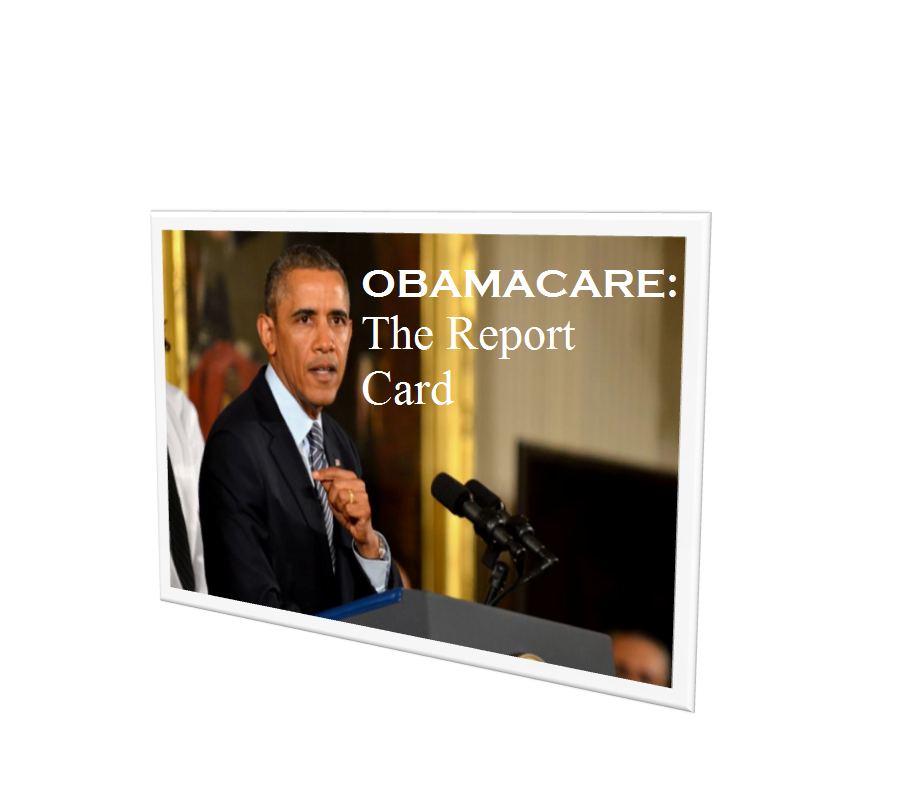 November 9, 2014
November 9, 2014
Mariah Timms
News Writer
The Nation
Photo: Jordan Schatz/DC Spotlight Newspaper
The Affordable Care Act became law on March 23, 2013. A year after the first round of open enrollment began, millions have been newly insured, primarily those who were not previously covered. Before the ACA, 40.2 million Americans were uninsured. By March 2014, 40.1 million were uninsured. In other words, 10 percent fewer adults aged 18-64 were uninsured in early 2014 than in all of 2013.
The Newly Insured
Adults of “working age,” 19-64, are historically the least insured. Early 2014 figures show adults aged 19 to 25 dropped from 26.5 percent uninsured to 20.9 percent, in no small part due to the 3.1 million young adults allowed to remain on their parents’ insurance until the age of 26 under the ACA.
Natalija Gajić, 23, from Dallas, Texas, is one of those to benefit from the security of this coverage extension. “Like many my age,” she said, “since graduating college, I have had trouble finding a stable job with benefits, so the opportunity to be on my parents’ health insurance plan until I do [find a job]is a relief. It means not having to worry about illness.”
In this period, 105 million people became insured, including 17.6 million children previously denied coverage due to pre-existing medical conditions. The ACA also prohibits insurers from charging higher rates due to gender or health status, thereby eliminating the practice in which some women were required to pay more than men for similar coverage.
In 2013 overall, the uninsured rate was highest for the poor, and lowest for the wealthy; the expansion of Medicaid has allowed more low-income Americans to qualify for public healthcare. Even some of the most anti-ACA states are softening on the program, and Medicaid coverage is expanding in many locations.
For the next enrollment period, the Obama administration expects 25 percent more insurance providers to be available nationwide. Each state has its own share of provider choices, and states like New Hampshire and West Virginia, which last year had one insurer each, now have the potential to double their options.
Problems with implementation in Chicago
Family Resource and Outreach Specialist Melissa Whitney works at the Gads Hill Center in Chicago, IL, where she develops resources for parents, such as a nutrition program for children. This program extends its focus to the ACA, and it discusses how the law affects parents and encourages them to enroll in a healthcare program.
The GHC is in a Hispanic/Latino neighborhood of Chicago, and the staff is primarily bilingual by necessity. However, training material in Spanish is not currently available. This has slowed progress, says Whitney. “It’s hard to help Spanish speakers to enroll if we can’t train anyone to be able to help them in a language that they are comfortable in.”
Maria Carbonell, Community Engagement Coordinator for the Sinai Health System in Chicago, agrees. The biggest difficulty involved in educating the public on the law is related to misunderstandings of what the ACA actually is. Many people she works with are “still confused with that infamous nickname of ‘Obamacare.’ A year later, people still think that Obamacare is a healthcare plan that is being offered to them, that they have to buy, or that they just have to qualify for.”
Maryland
Maryland, after pledging to be an enrollment leader, faced technical difficulties that left the state with only 39,000 enrolled by March 10. This put them in the bottom of the pile, just barely above Oregon, which had been incapable of enrolling anyone.
Representative Andy Harris (MD-R) requested an investigation into the problem, especially into the $193 million contract paid to the now-fired Noridian Health Care Solutions to build the site. The cost to repair the site is $40 million.
Politico reported at the time that Doug Gansler, Maryland’s Attorney General running for the governor’s seat, “slammed [Lt. Governor Anthony] Brown for his role and urged that Maryland residents be allowed to choose whether they want to use the state exchange or the federal one.” Brown, Chair of the state panel on ACA implementation, was also running for governor.
Noridian CEO Tom McGraw reported in August that the company had been requested to turn over documents related to the project, as did Representative Harris. The Health and Human Services inspector general’s office could not reveal information about investigations while they are underway, and the results of the investigation have not yet been released. An aide to Brown said neither the Lt. Governor nor the office had been subpoenaed.
Maryland is being proactive in its approach to the next open enrollment period beginning November 15th. Instead of total access on that first day, Maryland residents and employers would have staggered access.
After first allowing access to insurance brokers and then health and social service caseworkers, the site will be fully accessible to any resident by Nov. 19, so that they may enroll themselves. In addition to new enrollment, anyone who signed up in the first period — from October 1, 2013 to March 31, 2014 — must re-enroll by Dec. 18 to renew their subsidies for the next year.
Florida
Haneen Alsalah, 25, of Fort Lauderdale, FL, has mixed feelings about the effectiveness of the ACA. Initially, her experiences with the marketplace and application process were positive. “I was honestly surprised at how fast the process was after I applied,” she said, adding that the application process took 40 minutes at most and she received her materials in only a week or two. “I had no roadblocks at all. It was simple and to the point.”
Despite the initial efficiency and potential, Alsalah began having difficulties in using her new coverage. “My husband needed to see a primary care physician. I took his insurance card to make an appointment with his assigned doctor. When I called up the doctor’s office they told me they were no longer accepting new patients,” Alsalah explained.
Though she called the insurance provider to find another doctor, she hung up after a two-hour wait. “Anytime I try to call there is a wait this long,” she said. Her husband has yet to use his insurance, and she’s only used hers once for a flu shot at Walgreens.
“I wish they would take out more time to fix these details so we can fully use our insurance. This has been the main complaint I’ve heard from others. The wait is too long on the customer service line that you just give up,” she said.
Health Centers
The ACA includes a focus on funding and increased staffing for community-based and patient-directed health centers, designed to make health care more accessible.
These local centers assisted in enrollment for more than 6 million people over the last year and provide care to 21.7 million nationwide.
Under the ACA, the U.S. Department of Health and Human Services has awarded more than $295 million in new funds to nearly 1,200 centers. These funds will help them hire more staff, stay open longer, and provide more comprehensive healthcare, including oral and behavioral health, as well as pharmacy and vision services in many places. With this increased funding, centers will be able to reach an estimated 1.5 million new patients across the country.
Moving forward
Carbonell, who works mostly with those who qualify for Medicaid, likes the expansion of those programs by the ACA, “I think it’s wonderful!” she said. She appreciates the elimination of discrimination based on pre-existing conditions and the increased eligibility of acceptance.
However, she says, there are more steps to take. “I still think that the income threshold is still very low, very low, [even though]it has actually increased,” she explained. The maximum annual income a person can earn and still qualify for Medicaid is about $1,300 a month. This leaves the potential for people who don’t qualify for public healthcare to be unable to afford private insurance coverage because of the high price of the premiums and monthly payments.
Overall, Carbonell’s views match most discussion about the Affordable Care Act one year after the first enrollment period. People see the ACA as a good start towards fixing the complicated and contentious health care system of America. Figures show that many fears were unwarranted and that the ACA is, for its faults, generally doing good things.
However, problems with actually accessing care or with the public understanding of the options show that there is a long way to go before the ACA’s program is fully implemented and effective.
It’s a waiting game to fully assess the ACA until after the second enrollment period and beyond. Nonetheless, 105 million Americans no longer have to wait to go to the doctor, because they can’t afford to be ill.




1 Comment
Pingback: What’s on the report rard of the Affordable Care Act? | mariahtimms